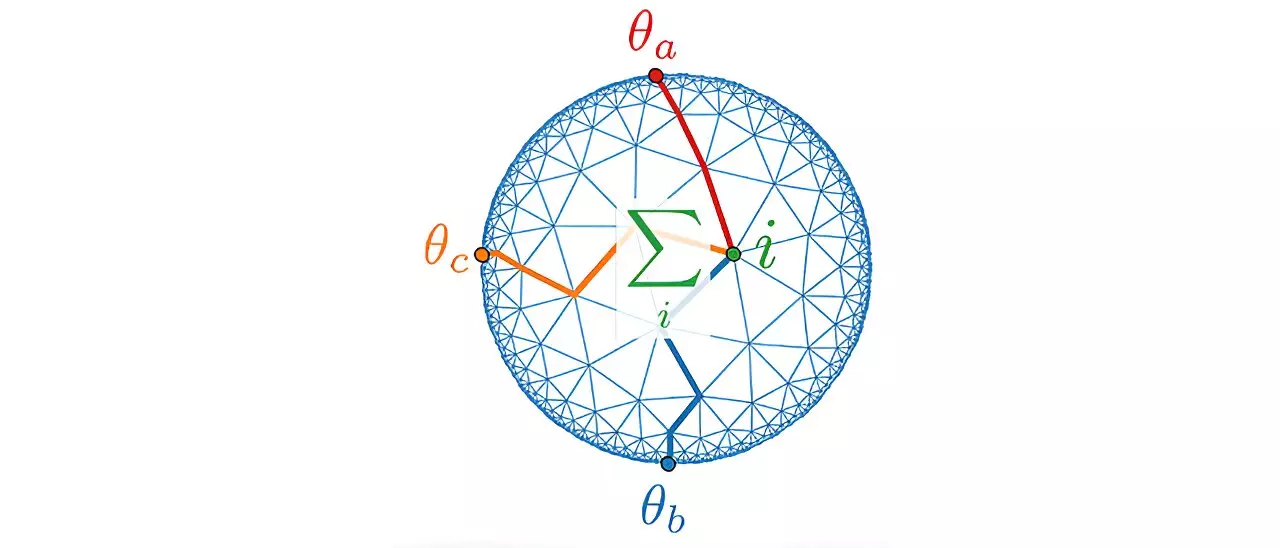Gravity has long been one of the fundamental forces that governs the universe, guiding everything from planetary orbits to the dynamics of galaxies. For centuries, scientists and physicists have endeavored to unravel its complexities, achieving impressive predictive powers over vast cosmic distances. Yet, the challenge of comprehending gravity takes on a new dimension when examined at the quantum level, where traditional laws begin to falter. In this quest for a deeper understanding, researchers are actively pursuing theories that can reconcile the macroscopic view of gravity with the quantum mechanics that governs the smallest particles.
The Importance of Quantum Gravity
To address the mysteries of our universe—from the phenomena associated with the Big Bang to the properties of black holes—researchers like Professor Johanna Erdmenger at the University of Würzburg are making strides in the field of theoretical physics. Professor Erdmenger emphasizes the necessity of grasping the quantum aspects of gravity, given that current classical theories are inadequate in high-energy situations. The pursuit of quantum gravity could unlock mysteries that have remained elusive and could provide a unifying framework to understand the universe’s most fundamental forces.
One of the promising frameworks in the study of quantum gravity is the AdS/CFT correspondence, a groundbreaking theory that has reshaped our understanding of gravitational dynamics. The essence of AdS/CFT lies in the relationship between complex gravitational theories within higher-dimensional spaces and simpler quantum field theories existing on the boundaries of these spaces. To put it simply, it articulates that by exploring the “boundary” of curved spacetime—an Anti-de-Sitter space that dips inward much like a hyperbolic funnel—we can better understand the intricacies of gravitational phenomena taking place within.
This correspondence, while initially intimidating, can be illustrated through relatable analogies. The notion that one can derive complex internal dynamics from simpler boundary behavior mirrors how a hologram on a credit card can project a multidimensional image from a two-dimensional representation. This revolutionary concept has provided researchers with a robust framework for modeling and analyzing quantum gravity.
Despite the theoretical promise of the AdS/CFT correspondence, empirical validation has remained a substantial hurdle. Professor Erdmenger and her research team have taken a significant step forward by developing an experimental setup that may test the predictions of this correspondence. By employing a branched electrical circuit designed to emulate curved spacetime, the team can observe how electrical signals behave at various branch points—analogous to the gravitational dynamics expected at different locations in spacetime.
The results from their theoretical calculations indicate a successful correlation between the circuitry’s edge dynamics and the inner workings of the mimicked spacetime. This exciting development not only lends support to the AdS/CFT framework but also highlights promising opportunities for further research. The collective efforts of the team promise not only to propel advancements in our understanding of gravitational research but also to inspire innovative technological applications.
The implications of this research extend beyond theoretical physics. Professor Erdmenger notes that the unique design of their circuits holds the potential for groundbreaking technological advancements. By utilizing principles from quantum technology, these circuits could enable the transmission of electrical signals with minimal loss. The simulated curvature of spacetime within the circuit may facilitate a more efficient bundling and stabilization of these signals, paving the way for new applications in areas like telecommunications and computing.
The immediate next steps for the Würzburg research team involve transforming their theoretical model into a practical experimental setup, a venture that could yield a wealth of insights into the very fabric of reality. The intersection of quantum mechanics and gravitational theory presents not just a challenge but an extraordinary opportunity to deepen our understanding of the universe and to innovate new technologies that could transform our daily lives.
As we journey deeper into the realms of quantum mechanics and gravitational theory, it becomes increasingly apparent that the questions we seek to answer are as boundless as the cosmos itself. The collaboration between theoretical physics and experimental sciences promises not only to illuminate the nature of gravity but also to inspire technological advancements that stand on the shoulders of these profound discoveries.

